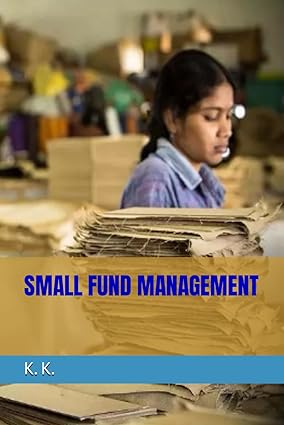Question
Sonimad Sawmill, Inc. (SSI), purchases logs from independent timber contractors and processes them into the following three types of lumber products: 1. Studs for residential
Sonimad Sawmill, Inc. (SSI), purchases logs from independent timber contractors and processes them into the following three types of lumber products:
1. Studs for residential construction (e.g., walls and ceilings)
2. Decorative pieces (e.g., fireplace mantels and beams for cathedral ceilings)
3. Posts used as support braces (e.g., mine support braces and braces for exterior fences around ranch properties)
These products are the result of a joint sawmill process that involves removing bark from the logs, cutting the logs into a workable size (ranging from 8 to 16 feet in length), and then cutting the individual products from the logs, depending upon the type of wood (pine, oak, walnut, or maple) and the size (diameter) of the log.
The joint process results in the following costs and output of products during a typical month:
| Joint Production Costs: | Product yield and average per unit sales value | ||||
| Materials (rough timber logs) | $ 500,000 | Product | Monthly output | fully processed sale price | |
| Debarking (Labor and OH) | 50,000 | studs | 75,000 | $8 | |
| Sizing (Labor and OH) | 200,000 | decorative pieces | 5,000 | 100 | |
| Product Cutting (Labor and OH) | 250,000 | posts | 20,000 | 20 | |
| Total Joint Costs | $ 1,000,000 | ||||
The studs are sold as rough-cut lumber after emerging from the sawmill operation without further processing by SSI. Also, the posts require no further processing. The decorative pieces must be planed and further sized after emerging from the SSI sawmill. This additional processing costs SSI $100,000 per month and normally results in a loss of 10 percent of the units entering the process. Without this planing and sizing process, there is still an active intermediate market for the unfinished decorative pieces where the sales price averages $60 per unit.
Instructions:
Provide details for the gross profit margin percentage method for allocating joint costs.
Step by Step Solution
There are 3 Steps involved in it
Step: 1

Get Instant Access to Expert-Tailored Solutions
See step-by-step solutions with expert insights and AI powered tools for academic success
Step: 2

Step: 3

Ace Your Homework with AI
Get the answers you need in no time with our AI-driven, step-by-step assistance
Get Started


